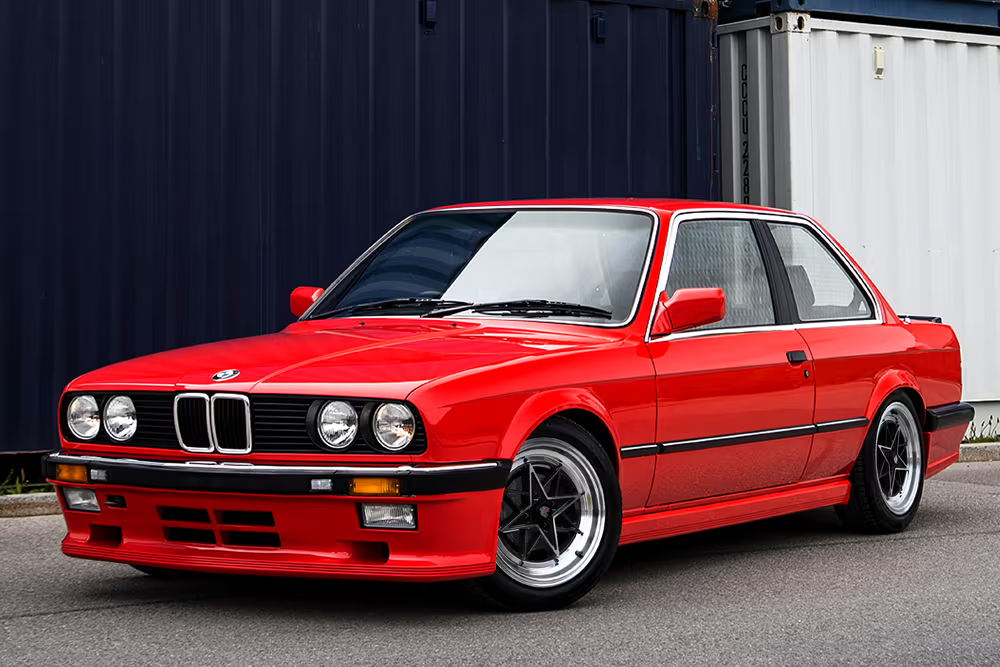The inline-6 engine has long held a unique place in automotive engineering. Known for its inherent balance, smooth power delivery, and mechanical simplicity compared to V-configured engines, the straight-six configuration has been a favorite among enthusiasts and engineers alike.
While V6 engines may have become more common due to packaging advantages, many manufacturers have retained or returned to the inline-6 layout for its proven reliability and performance traits.
However, not all inline-6 engines are created equal. Some have built legacies of endurance, surviving well past 300,000 miles with minimal fuss. Others have suffered from poor design, weak components, or cost-cutting measures that led to premature failure.
This contrast between the most dependable inline-6 engines and those that disappoint is stark and worth examining. The engines that stand the test of time often come from careful engineering and an emphasis on durability over gimmicks. These motors are frequently found in vehicles that continue to run decades after they left the factory, earning loyal followings for their bulletproof nature.
On the flip side, inline-6 engines promised much on paper but failed in real-world usage. Whether due to poor material choices, design oversights, or a lack of testing, these engines have proven to be frustratingly unreliable, with common failures appearing far earlier than expected.
In this article, we’ll look at five inline-6 engines that have earned a reputation for long-term dependability and five that are known to fail too soon. Each engine will be analyzed not just for its specs or output, but for how it performs in the long haul, because a car engine isn’t just about horsepower.
It’s about whether it can be counted on, year after year. If you’re looking to buy a used car or just want to understand what separates a good straight-six from a bad one, this breakdown will help clarify which engines are worth your trust and which ones might let you down early.
Also Read: Top 10 Vehicles Whose Door Seals Stay Tight
Inline-6 Engines That Go the Distance
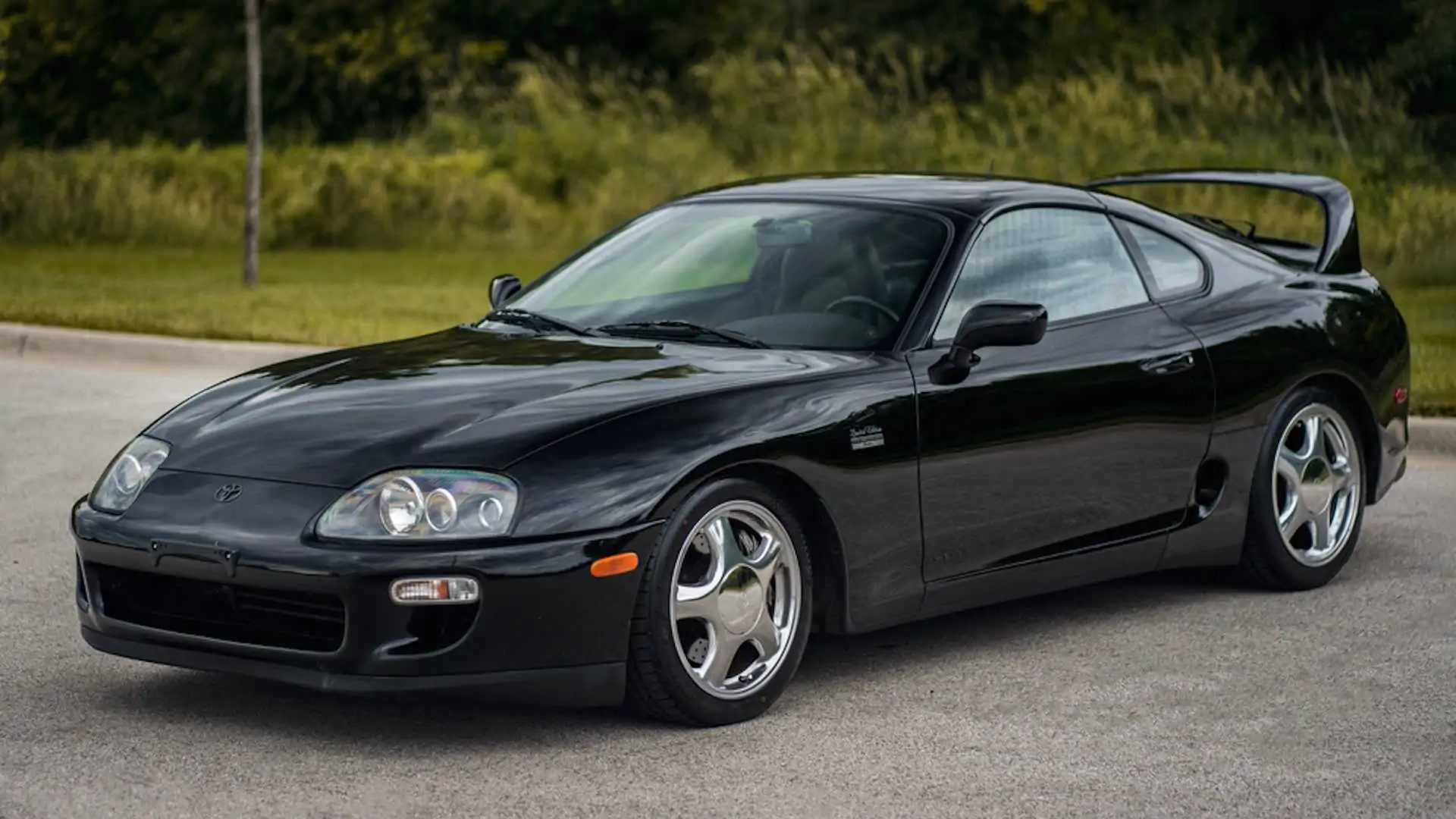
1. Toyota 2JZ-GE / 2JZ-GTE
The 2JZ engine family from Toyota has become one of the most respected straight-six designs in automotive history. The naturally aspirated 2JZ-GE and the turbocharged 2JZ-GTE versions are known not just for their impressive performance but for their longevity under both stock and modified conditions.
These engines were built with a closed-deck iron block, making them exceptionally strong. Even under extreme tuning conditions, the 2JZ-GTE has been shown to handle more than double its stock power without needing internal reinforcement. This durability wasn’t accidental. Toyota over-engineered this motor to ensure it could take a beating, even in stock form.
Owners of vehicles equipped with the 2JZ regularly report reaching 300,000 miles or more with little more than routine maintenance. Valve cover gaskets, water pumps, and timing belts are typical wear items, but the core of the engine, the block, crankshaft, and head, remains rock-solid through decades of use.
The turbo version, found in the Toyota Supra Mk4, is often pushed well beyond its original output by tuners, and yet engine failures are surprisingly rare unless the tuning is poorly executed. That kind of resilience has made the 2JZ a favorite in both professional motorsports and the car enthusiast world.
Part of the secret to the 2JZ’s longevity is the quality of materials used. The forged internals, strong castings, and thoughtful oiling system all contribute to an engine that resists wear even when pushed hard. There’s also a simplicity to its design that avoids the complexity seen in many modern engines. It’s relatively easy to work on, parts are widely available, and the community of owners has kept support for this engine strong, even decades after it was discontinued.
In short, the 2JZ doesn’t just perform well, it performs well for a very long time. It’s a rare engine that delivers both raw capability and unshakable reliability. Whether used in a luxury sedan, an SUV, or a high-performance sports car, it has proven itself again and again as a long-lasting workhorse that’s very hard to kill.

2. BMW M30
The BMW M30 inline-six engine is often referred to as the “Big Six” and was produced from the late 1960s through the early 1990s. Despite its age, this engine is still found running in classic BMWs all around the world.
Built with a cast-iron block and aluminum head, the M30 combines robustness with relative efficiency for its time. It was used in various configurations ranging from 2.5 to 3.5 liters, and its longevity is a big reason BMW fans still seek out vehicles equipped with it.
What separates the M30 from many of its contemporaries is how it handles age. Even engines with over 200,000 miles typically still have strong compression and minimal oil consumption if they’ve been maintained. The engine’s SOHC design and straightforward fuel injection system make it relatively simple to diagnose and repair.
Parts are still available, and mechanics familiar with older European cars find the M30 to be a reliable platform that responds well to upkeep. The timing chain, rather than a belt, also adds to its lifespan, reducing the need for major service intervals.
The M30 was never a high-revving race engine, but it delivered solid torque and a smooth driving experience, especially in cars like the E28 5 Series and E24 6 Series. Its character was more about reliability and flexibility than outright performance.
BMW didn’t cut corners with the internals either, and that quality is what allowed these engines to survive for decades. Many enthusiasts still build restomod projects using M30 engines simply because of their proven track record.
For owners looking for a classic inline-6 that won’t leave them stranded or drain their bank account with unexpected failures, the M30 is a dependable choice. As long as it’s given proper oil changes and cooling system checks, it will usually keep running far longer than expected. There’s a reason why this engine has a reputation for durability, because time and use have confirmed it.
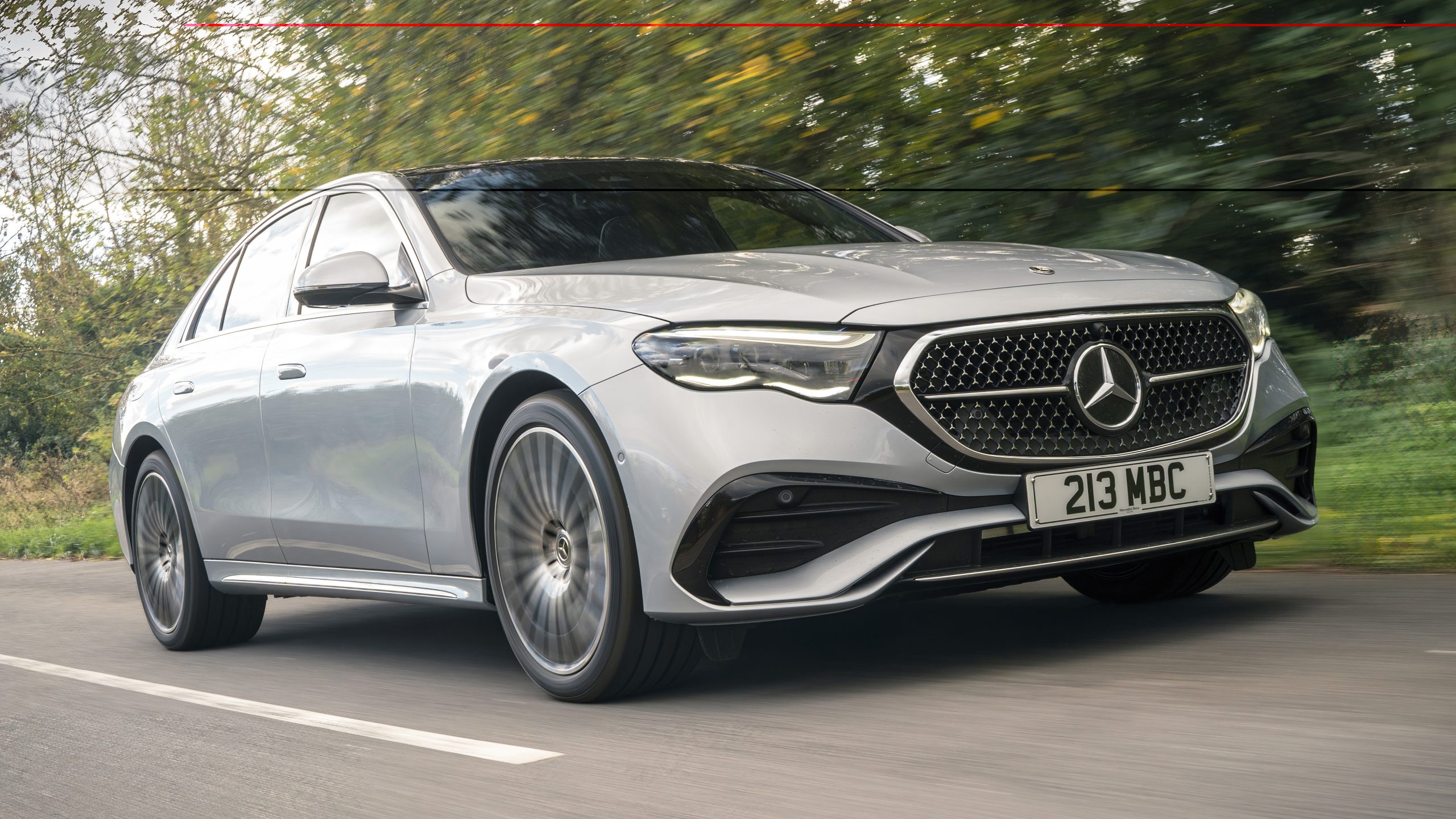
3. Mercedes-Benz M104
Mercedes-Benz’s M104 straight-six engine is another example of high-quality German engineering that prioritizes longevity. Produced during the 1990s, the M104 was featured in a range of Mercedes models, including the E-Class, S-Class, and SL models.
This engine was known for its combination of refinement and durability, making it one of the most reliable engines Mercedes produced during that era. With double overhead cams and four valves per cylinder, the M104 was advanced for its time, yet it retained a mechanical simplicity that helped it avoid common modern pitfalls.
What really helps the M104 earn a spot on this list is its ability to accumulate serious mileage without suffering from major issues. Well-maintained examples regularly surpass 250,000 to 300,000 miles.
The engine uses a timing chain rather than a belt, further reducing the likelihood of catastrophic failure due to skipped timing. And although some models experience head gasket leaks around the 150,000-mile mark, this issue is well-documented and fixable, rather than fatal. Once repaired, the engine tends to remain strong.
Another strength of the M104 is its smoothness. Even at high mileage, this engine remains incredibly refined and quiet. It delivers power linearly and predictably, contributing to the luxury feel Mercedes was known for.
The straight-six layout enhances this experience, thanks to the natural balance of the engine configuration. Internally, the M104 was made with high-grade materials that resist wear, including forged components and well-designed oil channels that keep everything lubricated even under stress.
These engines have been known to run across continents with nothing more than basic maintenance. Mercedes built them during a time when the brand was still engineering its vehicles to last forever, rather than focusing on cost-cutting or planned obsolescence. For anyone interested in a used luxury car from the 1990s, an M104-powered Mercedes is a smart buy, especially when service records are available. It’s a classic case of long-term engineering paying dividends for decades.
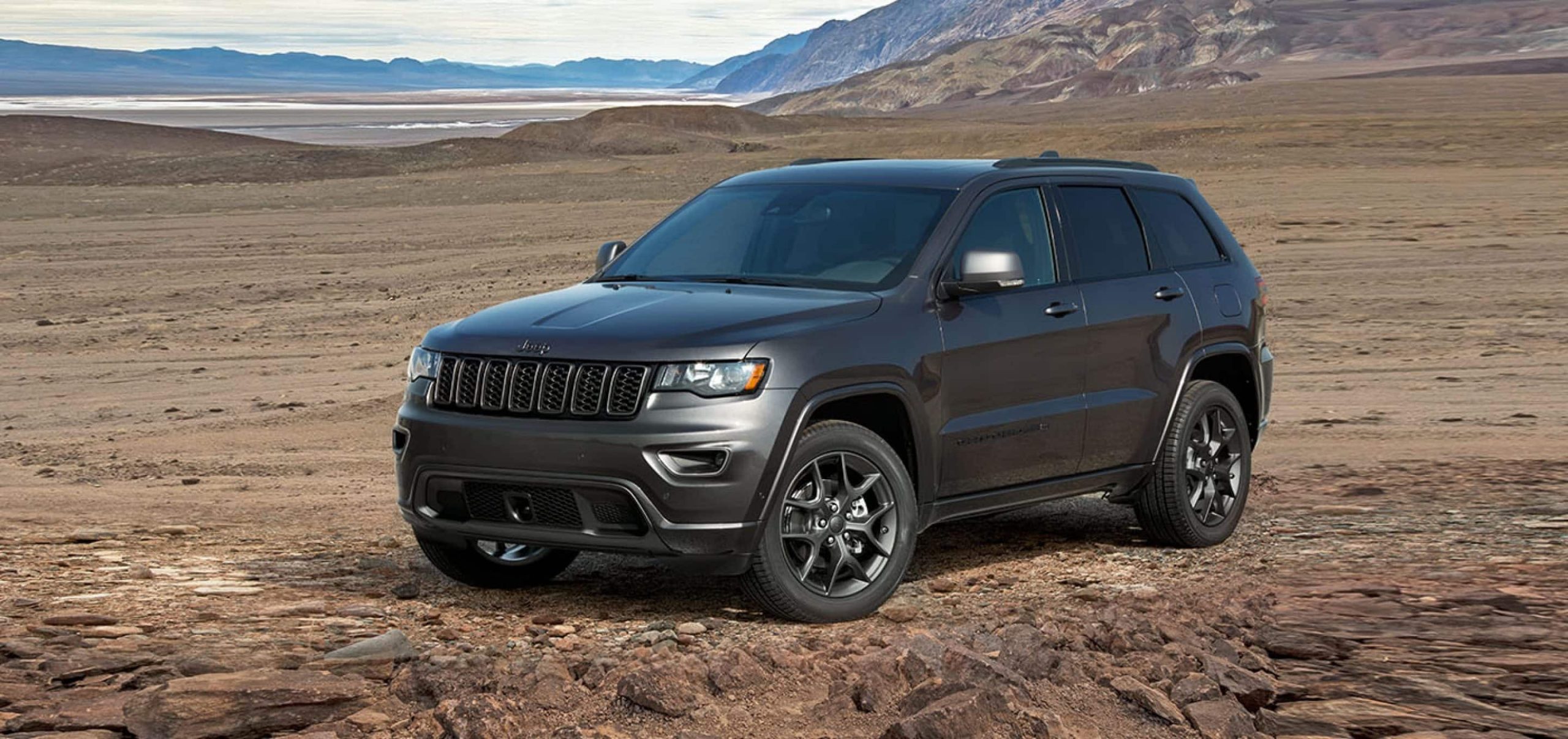
4. Jeep AMC 4.0L Inline-6
The AMC 4.0-liter straight-six, widely known as the Jeep 4.0L, is one of the most iconic and reliable engines to ever power an American SUV. Introduced in the late 1980s and continuing until the early 2000s, this engine powered a wide variety of Jeep vehicles, including the Cherokee, Grand Cherokee, and Wrangler.
It earned its legendary reputation not because of extreme performance or groundbreaking technology, but because it just wouldn’t quit. This engine could go 250,000 miles or more with minimal drama, even in off-road conditions that would destroy many modern engines.
The core of its durability lies in its cast-iron block and head, straightforward pushrod design, and lack of unnecessary complexity. This engine was easy to service, with parts that were widely available and affordable.
Even when neglected, many Jeep 4.0s continued to run, albeit roughly. Give it fresh oil, a new thermostat, and maybe a new valve cover gasket, and it would usually snap back into shape. For owners who needed a dependable engine in remote or rugged areas, this engine was a top choice.
One of the things Jeep fans love about the 4.0 is that it didn’t try to be flashy. It wasn’t a high-performance motor, but it provided consistent low-end torque and excellent throttle response, especially for vehicles like the XJ Cherokee and TJ Wrangler, which needed dependable pulling power more than speed.
The engine’s torque curve was well suited for rock crawling, trail driving, and towing, all without putting excessive strain on internal components. Because it was overbuilt for the tasks it was given, it rarely needed to work at its limits, which contributed to its long lifespan. Many Jeep owners treated the engine with only basic care, yet still drove it across long distances and through harsh environments without major failure.
Another overlooked strength of the 4.0L is its ability to withstand abuse. Whether it’s overheating, low oil levels, or skipped maintenance intervals, this engine tends to survive where others would not. Of course, proper maintenance is always ideal, but the reality is that the 4.0L engine proved remarkably tolerant of rough treatment.
The cylinder head design on earlier versions (especially the ’91–’99 HO variants) proved to be incredibly strong and rarely cracked. Although some later versions did experience casting issues, the engine as a whole was still praised for how long it could stay in service before needing a rebuild.
Even today, many Jeep 4.0s are still running in daily drivers and trail rigs alike, and the engine has amassed a loyal following. Online forums are filled with stories of engines passing 300,000 miles with factory internals still intact. The aftermarket also remains strong for this motor, with rebuild kits, performance upgrades, and diagnostic tools readily available.
It’s an engine that encourages owner participation, simple enough for the DIY crowd but strong enough to require relatively little intervention. And in the few cases where serious repairs are needed, the parts are generally cheap and easy to find.
In sum, the Jeep 4.0L inline-six represents a form of American engineering that has become increasingly rare: simple, tough, and designed to outlast the vehicle it’s installed in. It was not high-tech or glamorous, but it was dependable.
And in the world of off-road vehicles and utility SUVs, that is often the single most important trait. Its long production run and continued presence on the road are proof that sometimes a tried-and-true formula is better than something new and unproven.
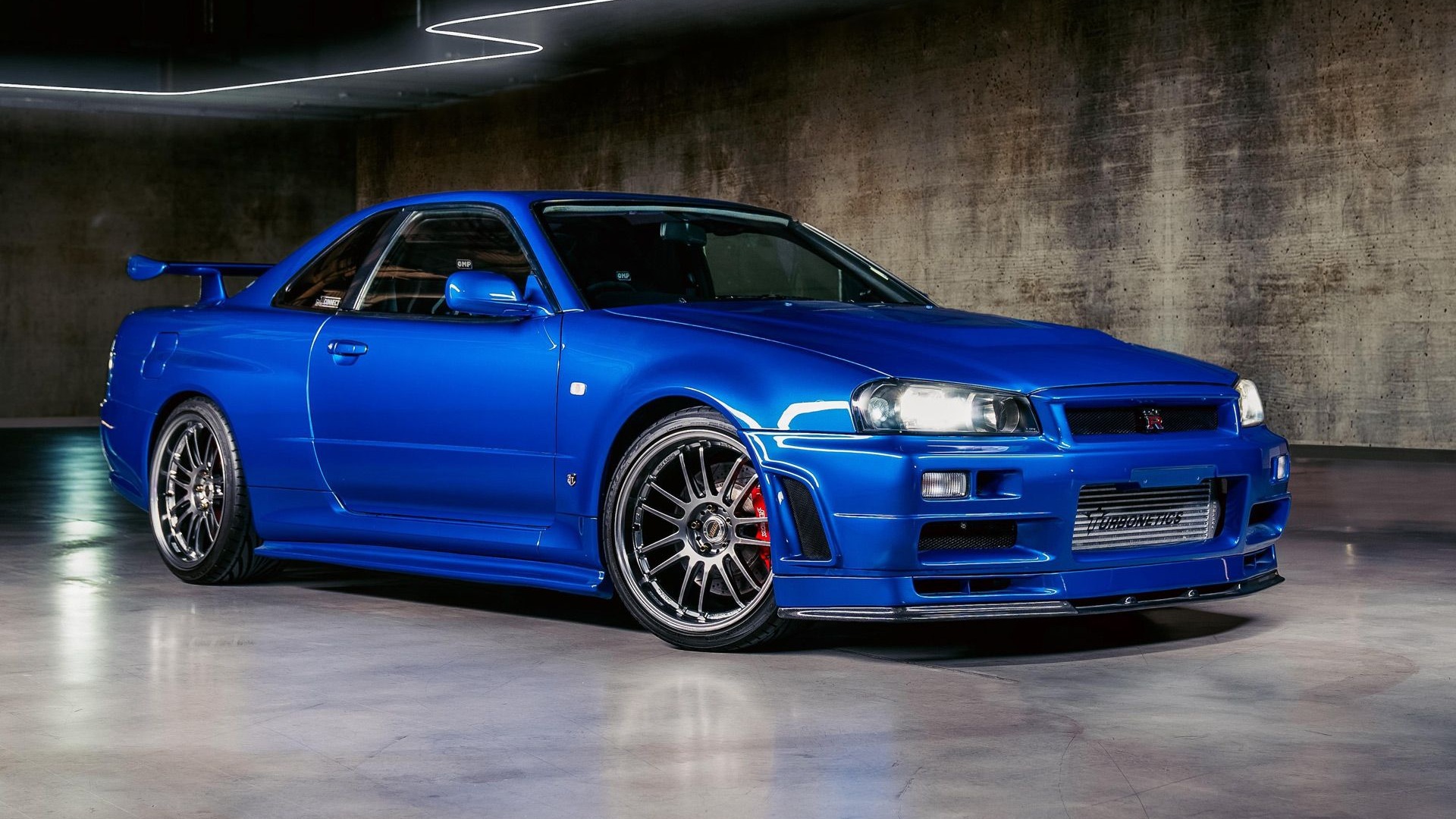
5. Nissan RB26DETT
The Nissan RB26DETT is most famously known for powering the Skyline GT-R, particularly the R32, R33, and R34 generations. This engine has become a legend in motorsports and tuner culture, but beyond the hype, it’s also an example of excellent engineering that results in real-world longevity.
With a cast-iron block, forged steel internals, and a well-designed twin-turbo system, the RB26 was built with endurance in mind. It was developed in a time when Nissan had racing in its crosshairs, and the result was an engine that not only performed well on track but could last hundreds of thousands of miles on the street when cared for properly.
Much of the engine’s durability comes from the attention to detail in its design. The block is rigid and resistant to distortion under stress, while the bottom end can handle much more power than stock levels. Many RB26s have been tuned to over 600 horsepower without internal modifications, and even in those cases, catastrophic failures are rare.
The oiling system was upgraded over earlier RB engines, and the cylinder head flow characteristics were tuned for high-RPM performance. Together, these design choices resulted in an engine that could run reliably at 8,000 rpm for extended periods without breaking down.
Like other reliable inline-6s, the RB26 is not immune to age-related issues, but most of its problems are predictable and manageable. Timing belt changes are essential, and turbo seals can wear over time, but these are maintenance tasks rather than inherent weaknesses.
The biggest issue most RB26 owners face isn’t engine failure, it’s cost. Because the engine is in high demand and parts are sometimes difficult to source, depending on your region, keeping one running can be expensive. However, this is a reflection of its popularity and rarity, not a sign of poor engineering. As long as it’s not abused or neglected, the RB26 will reward its owner with long service life and consistent performance.
What truly sets the RB26 apart is how well it holds up under a wide variety of conditions. Whether stock or heavily modified, whether driven daily or tracked on weekends, the engine has shown a rare consistency in reliability.
The fact that so many of these engines are still running strong 20 to 30 years after they were first built speaks volumes about the quality Nissan put into them. It is a true icon of durability and deserves its place among the greats.
Also Read: 5 Forgotten SUVs That Grip vs 5 Bestsellers With Bad Suspension
Inline-6 Engines That Fail Too Soon
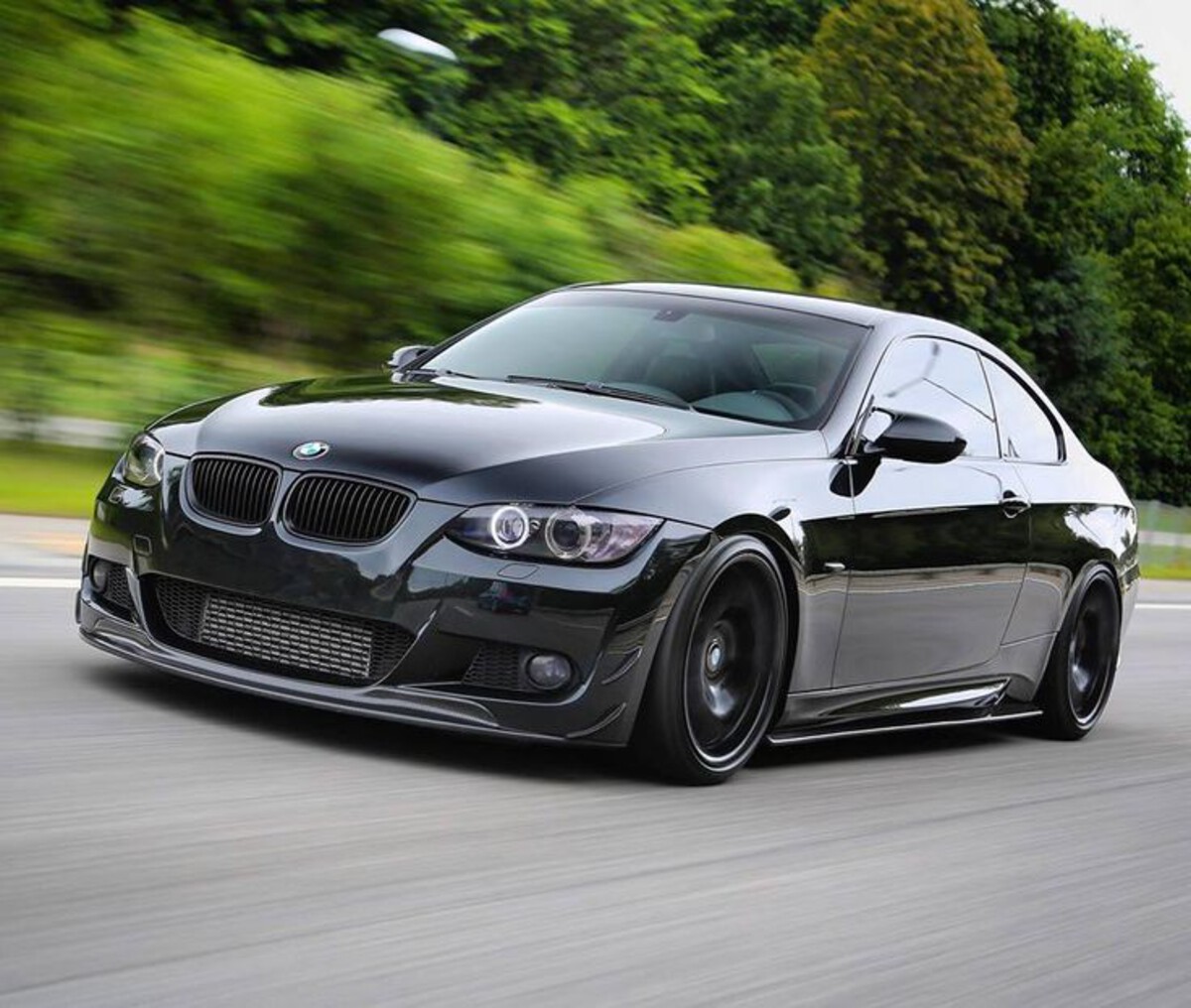
1. BMW N54
The BMW N54 engine, introduced in 2006, marked a turning point for the company as it entered the turbocharged era. Used in models like the 335i, 135i, and 740i, the N54 featured twin turbochargers, direct injection, and an aluminum block with an open-deck design.
On paper, it was a marvel, smooth, powerful, and capable of impressive tuning potential. In reality, however, it suffered from a laundry list of problems that severely impacted its longevity. Owners loved the way it drove but often hated the constant stream of repairs needed to keep it on the road. For a modern engine, the failure rate was far too high, especially in the first 100,000 miles.
The most infamous problem with the N54 was its high-pressure fuel system. The fuel injectors and high-pressure fuel pumps were prone to failure, sometimes within the first 50,000 miles. BMW issued multiple recalls and warranty extensions, but many owners were left paying out of pocket for expensive repairs.
On top of that, the engine suffered from carbon buildup due to the nature of direct injection. Without regular walnut blasting, performance would degrade significantly. This maintenance requirement wasn’t clearly communicated to many buyers, leading to even more problems down the line.
Turbocharger reliability was another sore point. Wastegate rattle was common, and complete turbo failure wasn’t unusual, especially on higher-mileage examples. While some of these problems were fixable with aftermarket solutions, the fact remains that the stock components were not durable.
Oil leaks were also widespread, particularly from the valve cover gasket and oil filter housing. Combine these with water pump failures and cooling system weaknesses, and you have an engine that demands constant attention just to stay functional.
Despite all this, the N54 still has a strong fan base due to its performance and tuning potential. But when judged strictly on longevity and dependability, it falls short. Too many critical systems were prone to failure, and the cost of ownership over time is significantly higher than that of comparable engines. It may be fast and responsive, but few would call it durable.
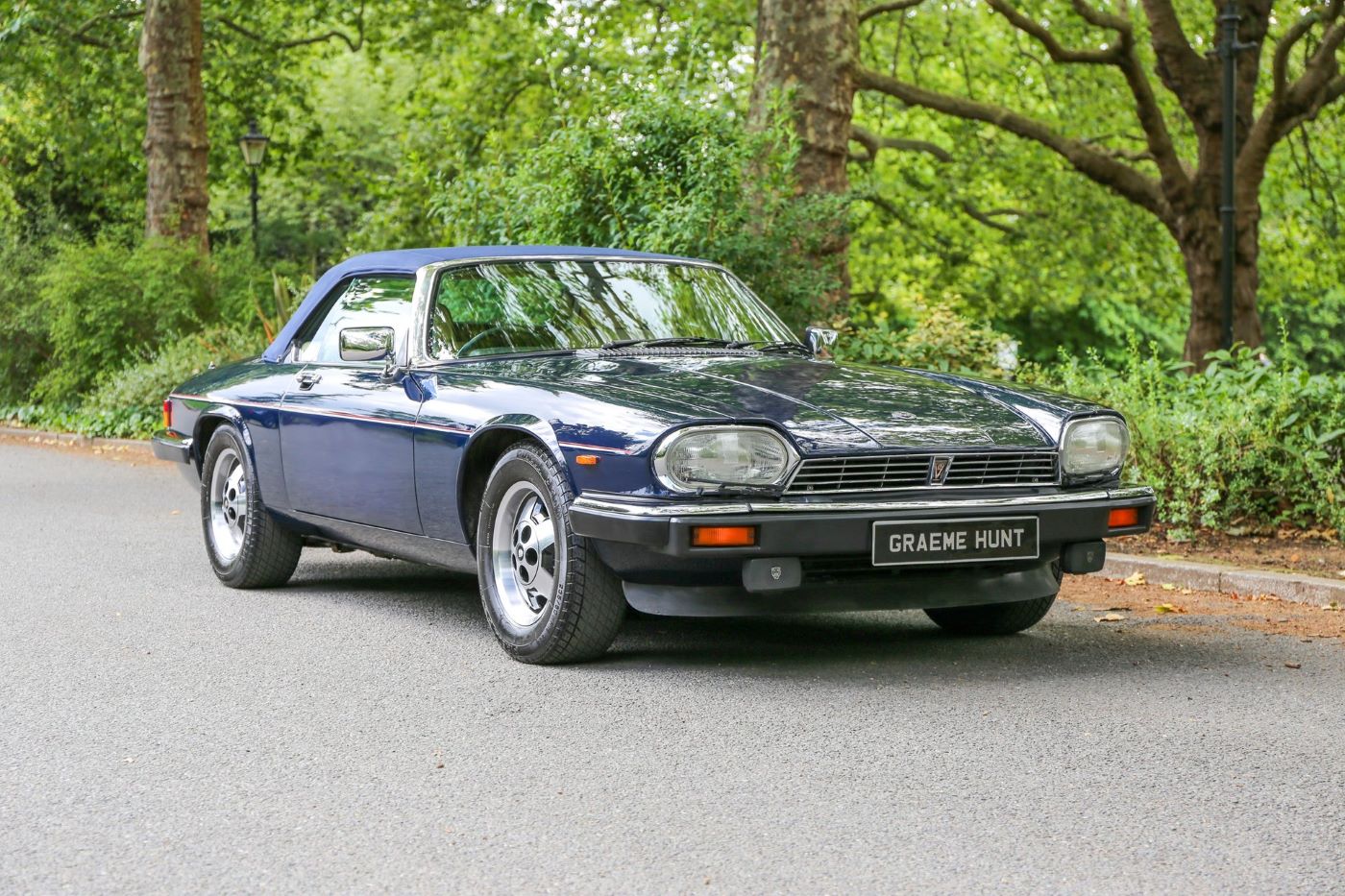
2. Jaguar AJ6 / AJ16 (Early Versions)
Jaguar’s AJ6 and early AJ16 engines, used from the late 1980s through the mid-1990s, were intended to modernize the brand’s powertrain lineup. Featuring aluminum construction and a DOHC design, these inline-6 engines were a leap forward in terms of refinement compared to the old XK engines they replaced.
However, these motors quickly developed a reputation for unreliability, especially in the early years. While later AJ16 variants improved somewhat, the early AJ6 models were plagued by issues that often resulted in early failure, especially when not meticulously maintained.
The biggest concern with these engines was overheating, largely due to a weak cooling system that struggled to keep temperatures in check. Radiator failure, coolant leaks, and poor airflow often combine to cause head gasket damage or warped heads. In many cases, by the time a driver realized the engine was overheating, the damage was already done.
Once overheated, the aluminum head was particularly susceptible to cracking, and repairs were expensive and difficult. Jaguar did not make these engines easy to work on, further increasing the likelihood of poor repair outcomes.
Electrical issues were another serious flaw. These engines relied heavily on early engine management systems that were not especially reliable. Sensor failures, wiring issues, and ECU glitches were all common, and diagnosing these problems often required expensive, outdated diagnostic tools.
Owners frequently found themselves chasing fault codes and intermittent issues without a clear resolution. This eroded confidence in the engine, especially among drivers who expected luxury-level dependability from a high-end brand like Jaguar.
Oil leaks and timing chain tensioner wear added to the list of headaches. Unlike the bulletproof designs from German or Japanese brands during this era, the AJ6 struggled to deliver consistent reliability. Many engines failed well before 150,000 miles, and others were retired simply because the repair costs exceeded the vehicle’s value.
Although the AJ16 in its later years made some strides in quality, the early AJ6 engines remain a cautionary tale about rushing innovation without durability testing. They offered refinement, but not staying power.
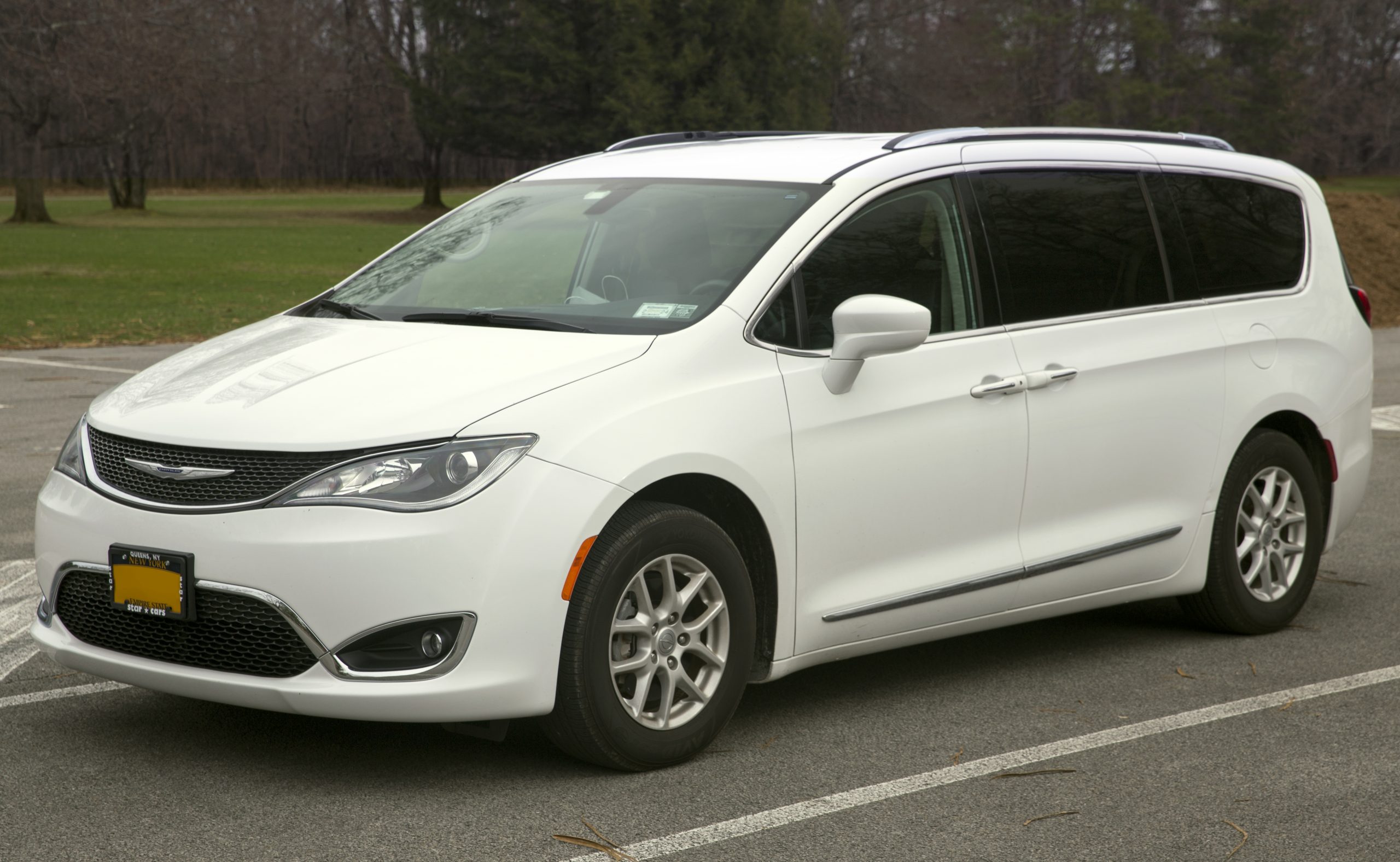
3. Chrysler 3.7L PowerTech Inline-6
Although Chrysler’s PowerTech family is better known for its V6 and V8 variants, the early 3.7L straight-six prototype, developed for specific Jeep and Dodge models in certain international markets, suffered from poor execution and questionable engineering decisions.
While never released widely like the Jeep 4.0L, this engine found its way into several export-market and concept vehicles. It was quickly sidelined due to reliability problems that became clear within the first few years of limited production and testing. Even internal evaluations from Chrysler reportedly showed that the 3.7L straight-six could not meet the brand’s durability standards.
One of the core problems with this engine was poor oiling. The internal oil passages were not designed efficiently, leading to inconsistent lubrication, especially at higher RPMs or under load. This led to early bearing wear, lifter noise, and in worst cases, bottom-end failure before the engine reached 100,000 miles.
Coupled with a problematic PCV system, this motor often ran with internal contamination from blow-by gases, which accelerated sludge buildup and led to even greater oil starvation. It became a cycle of wear that the engine could rarely escape without major repairs.
Cooling system performance was also subpar. Like many inline-six designs, the engine required an efficient flow of coolant through a long cylinder head. Unfortunately, the engineering team failed to provide adequate flow distribution, leading to hot spots, particularly near cylinders five and six.
Over time, these hot spots would warp the head, degrade head gaskets, and sometimes even crack the block. Once that happened, coolant leaks into the combustion chamber would rapidly degrade performance, and many engines were scrapped instead of repaired due to the difficulty and cost of a proper rebuild.
Because the engine was never widely adopted, support in the aftermarket was minimal, and parts became hard to find quickly. Mechanics unfamiliar with its odd design often misdiagnosed or worsened issues, and even Chrysler backed away from further development.
Within a few years, the engine was abandoned in favor of revised V6 designs. The 3.7L inline-six might have been a well-intentioned experiment, but in the end, it turned out to be a short-lived and fragile engine with very little to offer in terms of longevity or serviceability.

4. Land Rover TD6 (BMW M57 Variant in Range Rover L322)
The TD6 engine used in early 2000s Range Rover L322 models might have been based on the respected BMW M57 straight-six diesel, but its application in the Land Rover chassis turned out to be a reliability disaster.
What should have been a dependable diesel engine turned into a liability, primarily due to packaging issues, insufficient cooling, and questionable ECU mapping. Many owners of early Range Rover TD6 models were faced with expensive engine rebuilds or replacements long before the 150,000-mile mark, and the problem was severe enough that Land Rover later switched to a different powerplant altogether.
One major issue was that Land Rover modified the BMW engine management system to meet its own specifications, which led to aggressive torque output that stressed the drivetrain, particularly the GM-sourced 5L40-E automatic transmission. This transmission was not designed to handle the torque levels generated by the TD6, and as a result, early failures were common.
While this isn’t the engine’s fault directly, the mismatch caused problems across the entire powertrain, leading to abnormal engine wear and frequent drivability issues. It became a domino effect: the transmission would slip, causing the ECU to cut power, leading to erratic fueling and eventual component failure.
Thermal management was another huge problem. The engine bay in the L322 Range Rover was poorly ventilated for a diesel application, and the TD6 suffered from high underhood temperatures. This led to premature degradation of wiring, gaskets, and plastic components.
Worse, the radiator and cooling fan weren’t sufficient to cool the engine effectively during towing or extended climbs, especially in hot climates. Overheating would result in cracked heads or failed turbo seals, and many owners reported sudden coolant loss without warning. Unlike BMW’s original application in the 5 Series or X5, this version of the engine had been placed in a context it wasn’t designed for.
Even routine maintenance was more difficult due to cramped packaging and unique engine mounts that differed from the BMW platform. This made simple jobs like turbo replacement or valve cover gasket changes time-consuming and costly. While the M57 was a solid engine when used properly,
Land Rover’s adaptation into the TD6 variant resulted in a setup that lacked the dependability expected from either brand. The early Range Rover TD6 is now considered a model to avoid, largely because of this engine and the unnecessary complications that surrounded it.
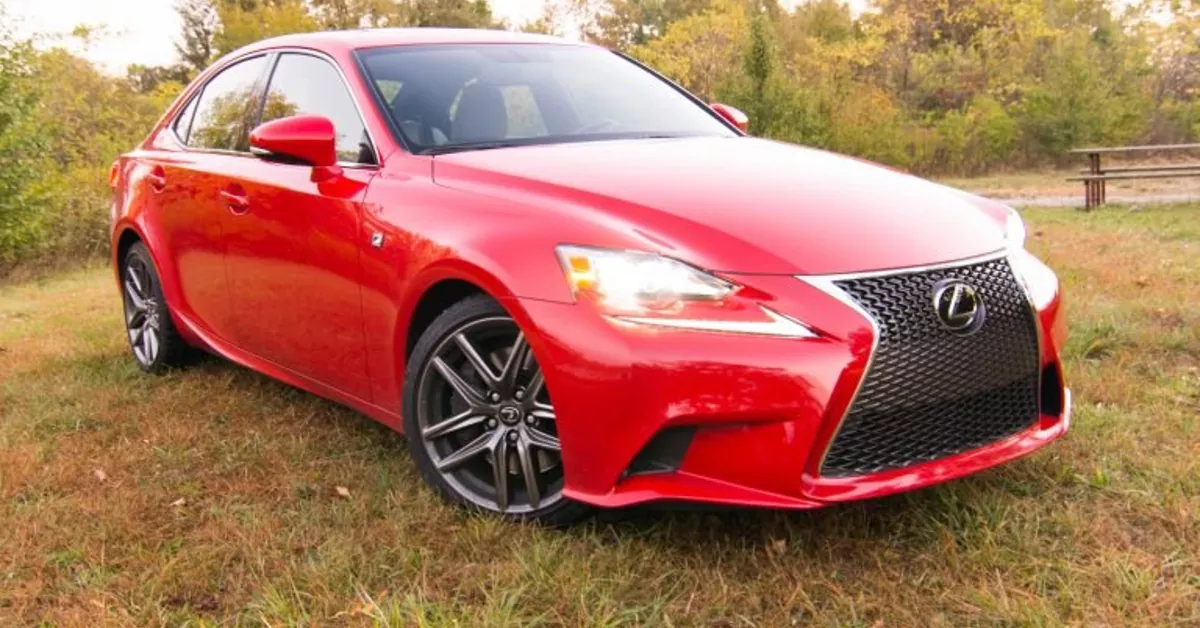
5. Toyota 1G-FE
Toyota has a reputation for building some of the most reliable engines in the world, but the 1G-FE straight-six, used primarily in the Japanese domestic market and some export models like the early Lexus IS200 and Toyota Altezza, doesn’t quite live up to that legacy.
While not catastrophic in its failures, the 1G-FE suffered from a range of long-term issues that made it feel out of place in Toyota’s otherwise strong lineup. Designed as a budget-friendly, fuel-efficient six-cylinder, it lacked the durability and refinement of other Toyota inline-6 engines like the 2JZ or even the older M-series.
One of the biggest shortcomings of the 1G-FE was its relatively weak bottom end. The engine was built with economy in mind, so it used lightweight internals and thinner casting compared to Toyota’s performance-oriented straight-sixes. This made it particularly vulnerable to overheating and bearing failure if not maintained perfectly.
And unlike other Toyota engines that had more margin for abuse, the 1G-FE did not tolerate poor maintenance. Sludge buildup was more common than expected for an engine of this vintage, particularly in markets with lower-quality fuel and infrequent oil changes.
Another frequent complaint was the timing belt system. While belts are not inherently bad, the 1G-FE’s belt tensioner was known to fail prematurely, especially in high-mileage engines. A snapped belt could result in bent valves, even though the engine was originally advertised as non-interference.
This led to confusion and frustration among owners who assumed the engine would be safe from major damage during timing failure. Combined with head gasket failures that became more common after the 100,000-mile mark, the engine began to show its limitations as it aged.
On top of these issues, the engine also suffered from underwhelming performance, which meant many drivers pushed it harder than it was meant to be driven. In vehicles like the IS200, it had to work harder to keep up with traffic, which only increased wear.
The lack of torque and the engine’s buzzy nature didn’t help either. While the 1G-FE can be reliable with ideal maintenance and care, it falls short when compared to Toyota’s more famous six-cylinder offerings. For those looking for long-term durability, there are better choices even within Toyota’s catalog.

